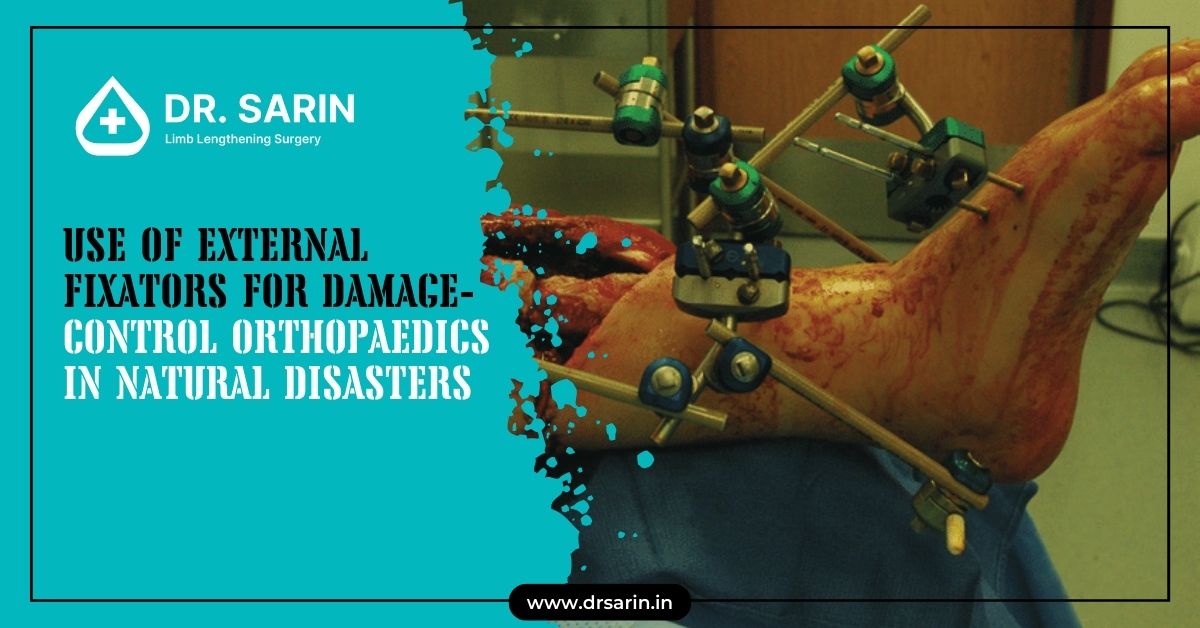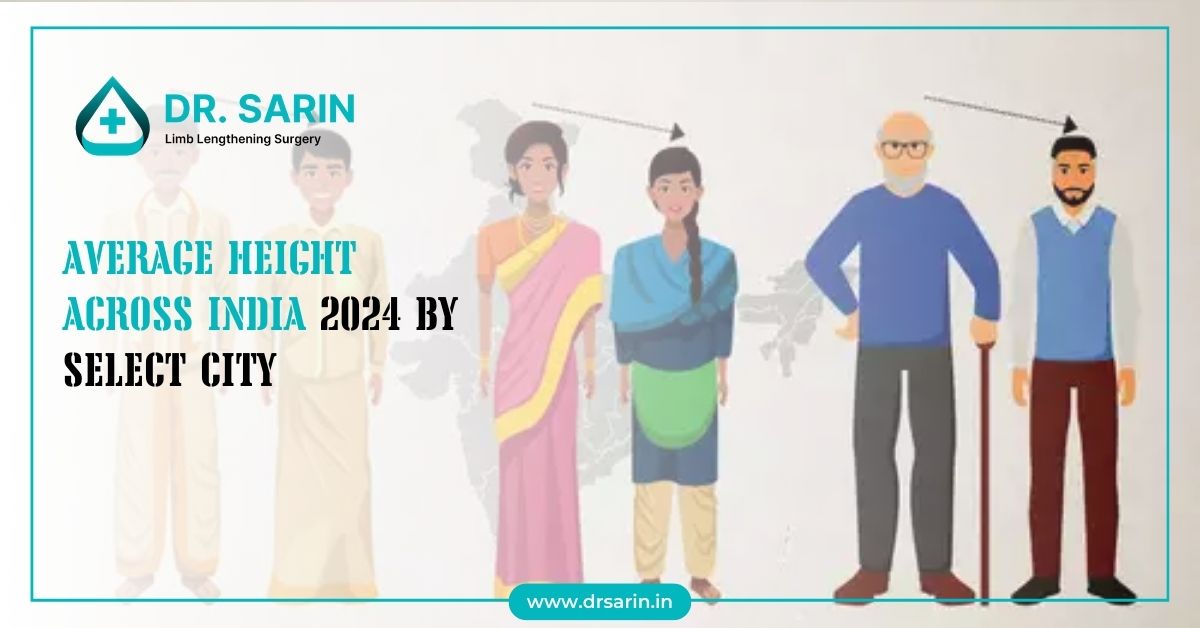Natural disasters often lead to a surge of traumatic injuries, necessitating immediate and effective medical interventions. Among the critical tools in damage-control orthopaedics are external fixators, which play a vital role in stabilizing fractures and facilitating early mobilization in disaster environments.
Purpose
The primary purpose of using external fixators in natural disaster scenarios is to provide rapid stabilization of fractures. This approach helps to:
- Reduce pain and hemorrhage
- Prevent further injury to surrounding tissues
- Facilitate early mobilization and transport of patients
- Create a stable environment for further surgical interventions if necessary
External fixators are essential for maintaining the alignment of fractured bones, which is crucial in preventing complications such as infection, non-union, and disability.
Methods
The application of external fixators in a disaster setting follows damage-control orthopaedics principles, focusing on:
- Initial stabilization of fractures
- Minimizing surgical time and complexity
- Providing a framework for later definitive repair
- Ensuring the patient can be transported safely to higher-level care facilities if needed
In a disaster, the methods are streamlined to accommodate the often limited resources and the urgent need to treat multiple casualties.
Results
The use of external fixators in disaster situations has shown significant benefits, including:
- Reduced morbidity and mortality rates among patients with severe fractures
- Improved outcomes due to early stabilization and mobilization
- Enhanced ability to manage complex injuries in a resource-constrained environment
- Better overall recovery rates and reduced hospital stay durations
Patients treated with external fixators in disaster settings typically experience fewer complications and can transition to definitive care more smoothly.
Materials and Methods
The materials used for external fixation in disaster settings include:
- Modular external fixator kits that are versatile and adaptable to different types of fractures
- Sterilized pins, rods, and clamps that can be quickly assembled and adjusted
- Portable imaging devices, such as X-ray machines or ultrasound, to guide accurate placement
The methods emphasize a systematic approach:
1. Assessment: Rapid evaluation of the injury and the patient’s overall condition.
2. Preparation: Sterilization of equipment and the operative field.
3. Application: Quick yet precise placement of pins and rods to stabilize the fracture.
4. Post-application care: Monitoring for signs of infection or complications and ensuring proper alignment and stability.
Technique for External Fixation Employed in the Disaster Environment
The technique for applying external fixators in a disaster environment involves several key steps:
1. Initial Assessment and Triage:
- Assess the extent of the injury and prioritize based on the severity and the patient’s vital signs.
- Identify fractures that require immediate stabilization.
2. Sterilization and Preparation:
- Clean and disinfect the affected area.
- Assemble the external fixator components.
3. Pin Insertion:
- Insert pins into the bone above and below the fracture site using hand drills or power tools, ensuring they are placed in stable and healthy bone tissue.
4. Frame Assembly:
- Connect the pins using rods and clamps to form a stable frame.
- Adjust the frame to ensure proper alignment of the fractured bones.
5. Stabilization and Verification:
- Tighten all components to secure the frame.
- Use imaging techniques to verify the correct positioning and alignment of the fixator and the fracture.
6. Post-Operative Care:
- Monitor the patient for signs of infection, pin loosening, or other complications.
- Provide instructions for the care and maintenance of the fixator.
Conclusion
In the chaotic and resource-limited settings of natural disasters, external fixators are indispensable tools for damage-control orthopaedics. Their ability to provide rapid and effective stabilization of fractures ensures better outcomes for patients, enabling them to survive the initial trauma and recover more effectively. The techniques and methods employed are designed to be efficient and adaptable, making external fixators a critical component of disaster response and management in orthopaedic care.




